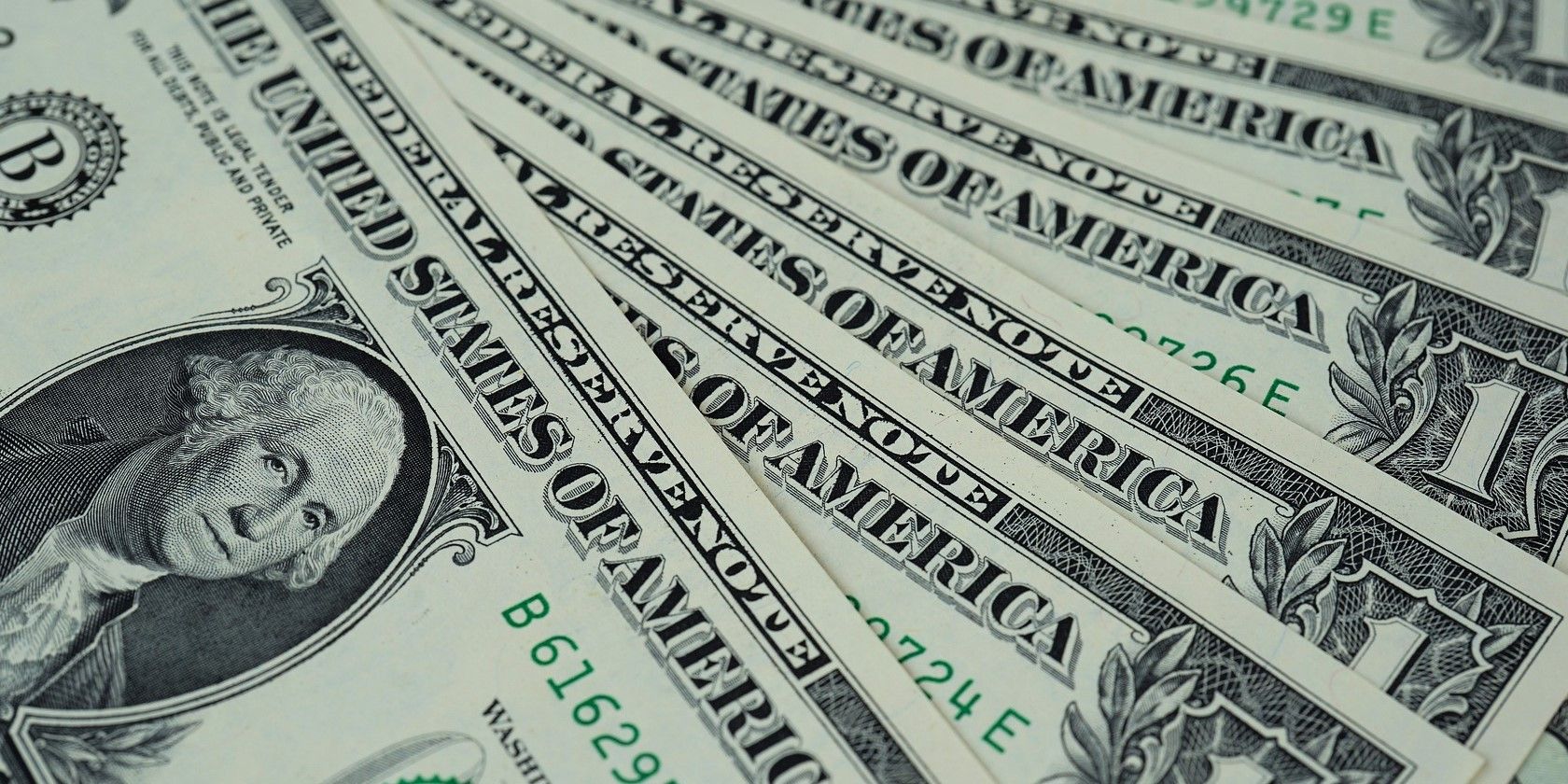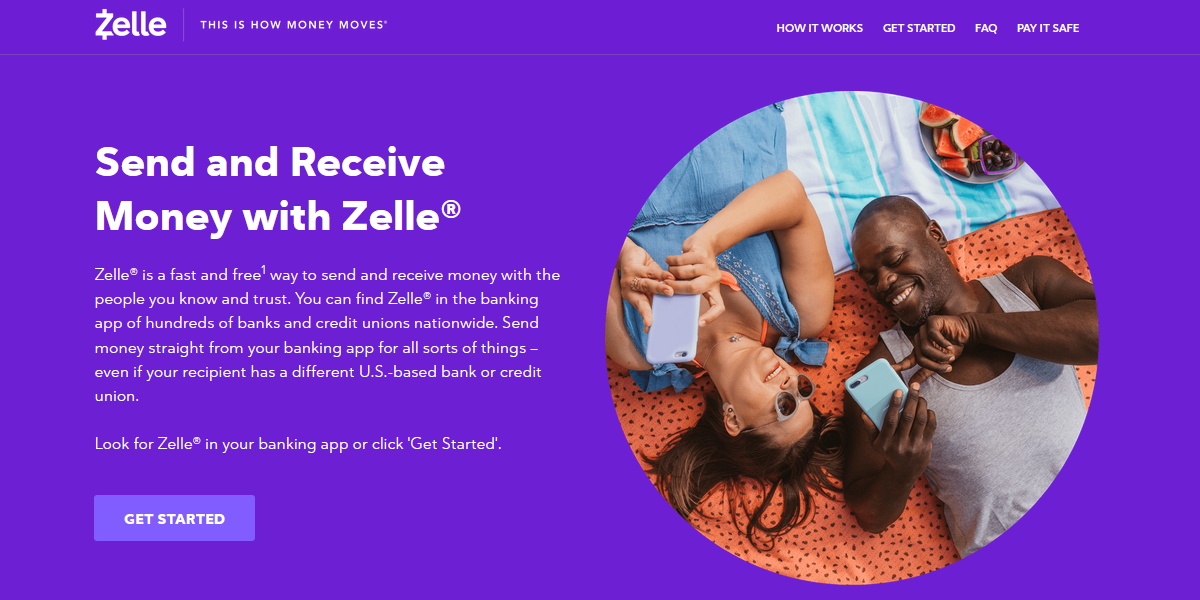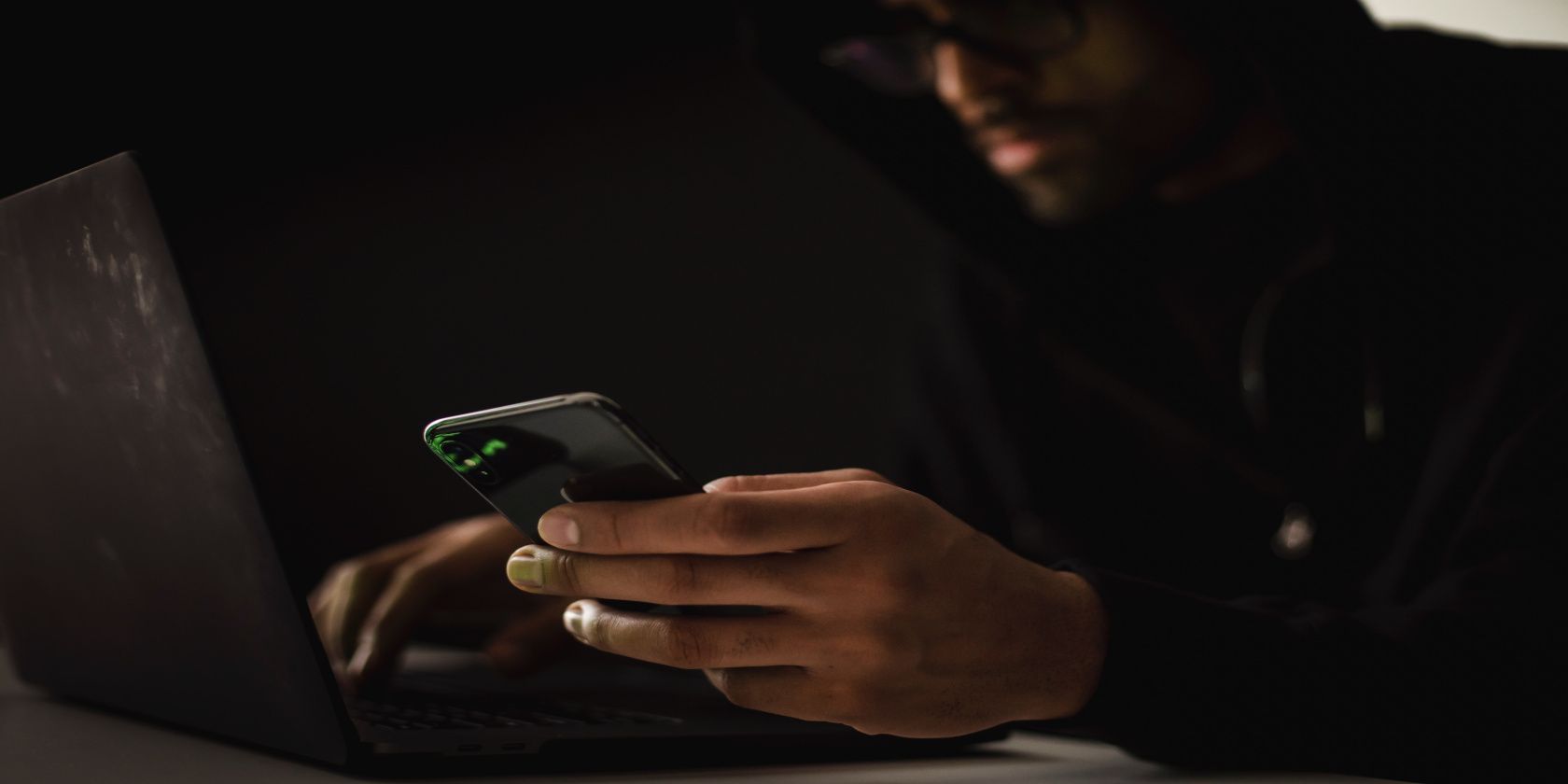Zelle is an increasingly popular payment app that was originally developed by banks. It’s built on a relatively simple premise: if you want to make a bank transfer, Zelle can help you to do so faster and with significantly less information.
While the popularity of Zelle is undeniable, many people have questioned the level of security that it offers. It makes bank transfers easier but this can work both for the user and against them.
So what is Zelle and is it actually safe to use?
What Is Zelle?
Zelle is described as a peer-to-peer payment app. It’s different to many financial apps in the sense that it’s not designed to be used for online shopping. Instead, its sole purpose is to facilitate bank transfers, ideally to people that you know very well.
It was originally launched in 2017 and within a single year, there was more money going through the app than its nearest competitor Venmo. As of 2021, it’s reportedly been used to send over $100 billion in the first quarter alone.
How Does Zelle Work?
When you sign up for Zelle, the app connects directly to your bank account. It can then be used to facilitate bank transfers both to and from your account.
The difference between using Zelle and contacting your bank is that your account is essentially given an email address and a phone number.
If you want to receive money, you can give out your email instead of your account details.
And if you want to send money to another Zelle user, you can simply ask them for their email address.
Handing out your email is more convenient, it’s a lot more private, and it’s faster. Traditional bank transfers take days. Transfers between Zelle users take minutes.
Is Zelle Safe to Use?
Zelle is safe to use provided you understand how it works and the risks associated with it.
It’s very different to traditional payment apps and from a security standpoint, this difference can be both good and bad.
The Good: Bank Grade Security
If you use a mobile banking app that’s provided by your bank, you’re likely to find that Zelle is already built in and ready to use.
There’s no third party app to trust. And unlike Venmo, there’s no wallet service that will temporarily take possession of your money.
When you make a Zelle transfer, the money goes directly from one bank account to another. And it therefore benefits from the security features of a bank at all times.
If you don’t particularly trust third party apps with your money, Zelle can therefore be an excellent choice.
It’s also offers a high degree of privacy. It’s possible to send and receive money with nothing more than an email address.
The Bad: All Transfers Are Permanent
The problem with Zelle is that the company doesn’t offer payment protection. This effectively means that all transfers made with the app are permanent.
If you send money to the wrong person, you can’t get it back.
This is in contrast to something like PayPal which provides quite a bit of recourse if you ever encounter a problem.
Many banks also allow up to $2500 to be sent with Zelle in a single day.
This makes Zelle a popular payment method for those who are out to steal from people.
Many online scams now specifically request the app when payment is discussed.
How Do Zelle Scams Work?
Zelle is popular with fraudsters pursuing any type of scam but it’s most often used on well-known marketplaces like Craigslist and Ebay.
A criminal will post a legitimate looking ad and everything will seem normal until the “seller” says that they can only receive payment via Zelle.
Many people don't know about the app and haven't downloaded it yet. Then when they research it online, the first thing that they do learn is that the app was developed by their bank.
This leads to a false sense of security and this is exactly what the seller wants.
Once payment is sent to the sellers' bank account, they withdraw the money, close their account, and disappear without sending the promised item.
At this point, the money is gone and Zelle provides absolutely no recourse.
How to Protect Yourself When Using Zelle
Zelle is used by millions of people without incident. While the potential for problems with Zelle should not be overlooked, it’s easy to protect yourself.
Only Send Money to People You Trust
Zelle simply isn’t designed for online shopping and should only ever be used with people that you know and trust. It’s perfect for sending money to friends and family.
It should never be used with strangers, regardless of the amount.
Always Double Check
Always double check that you are using the correct email address or phone number. If you don’t, it’s possible that the transaction will still go through and you won’t be able to get your money back.
Use All Available Security Features
The security features available for Zelle depend on your specific bank. Some banks allow you to set up 2 factor authentication (2FA). Some banks also allow you to receive a message whenever a Zelle transaction occurs. Depending on what’s available, you should opt in to each one.
Secure Your Phone
If somebody steals your phone or otherwise gains access to it, Zelle is one of the worst apps that you can have installed. Before signing up for Zelle, it’s therefore important to make sure that your phone is as secure as possible. We’ve written a guide on how to make your phone more secure here.
Is Zelle Secure?
Zelle is a well designed app that’s safe to use provided you understand its limitations.
The absence of fraud protection is a worrying drawback. But it’s only really a problem if the app is used for a purpose that it wasn’t designed for.
If you want to send money to somebody that you trust, Zelle makes the process both easier and significantly faster. But if you’re trying to send money to a stranger, it’s easily one of the worst apps that you can use.




